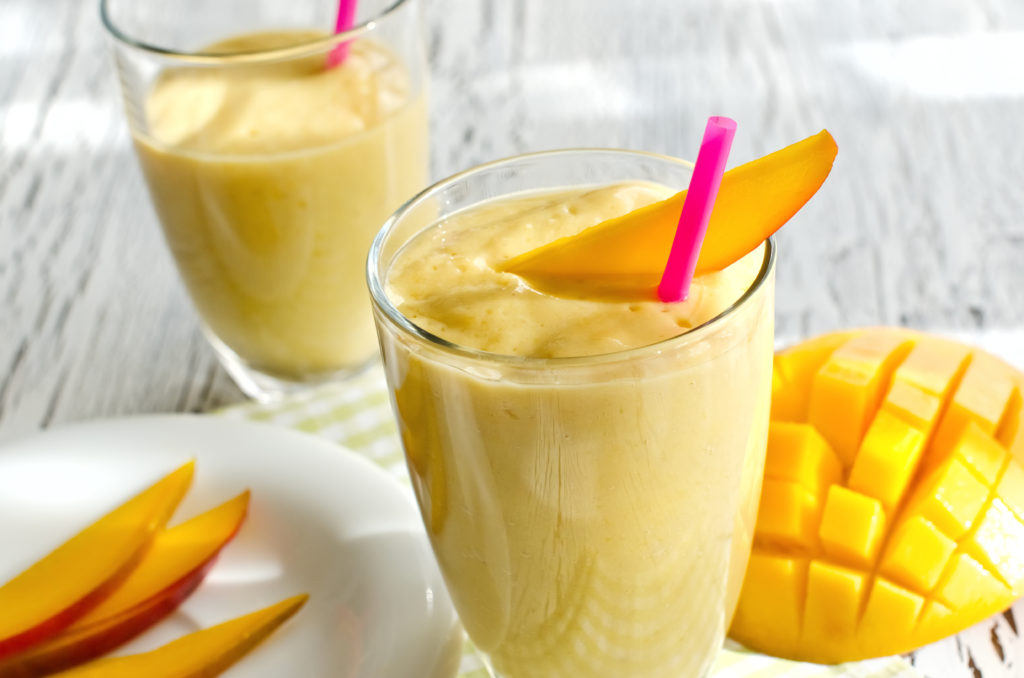Who doesn’t love mango? Mangoes are juiciest, sweet, colorful fruit with a special taste. You can have it raw or ripe the smell and flavor are not like any other fruits. Although a native of South Asia, mangoes are eaten and loved by people all over the world.

Some kinds of Mangoes
The Mango fruit
The scientific name of mango is Mangifera indica belonging to the Anacardiaceae family. The family consists of about 83 genera and 860 species. That is why we see mangoes of all shapes, sizes, and slightly differing taste. The mango fruit is borne on evergreen trees which grow up to 30-40 m and for a crown of 10m radius. Some if well-managed fruit to 300 years. The usual time of seed to fruiting is 5 years, although grafted plants fruits earlier. Although a tropical fruit (March to August) some varieties bloom and fruit twice a year. The fruit is a drupe round to oval in shape with green, yellow, orange or shades of red, thin leathery skin when raw. Mangoes become fleshy and yellow to orange to a red-colored inside as it ripens. In South East, Asian celebrations mango is known as “fruit of the gods” or “queen of the gods“. Because of its rich nutrients, unique, taste, flavor and health maintaining anti-oxidants mango is also known as the “king of fruits”.

A fruiting Mango tree
Nutrition of Mango
A 100g ripe mango contains 60-70 Kilocalories which is 3.5% of Recommended Dietary Allowances (RDAs) required daily to stay in good health. A helping of 100 g mango gives 17 g carbohydrate, 0.5 g protein, 1.8 g dietary fiber, 0.27 g fat. Mangos have no cholesterol or sodium. These make up 5, 5, 23, and 67% of protein, total fat, dietary fibers, and carbohydrate content, respectively. Besides, it has 20 different vitamins, minerals and phytonutrients. The copper, magnesium, iron manganese, calcium, and account for 12, 2, 1.5, 1 and 1 percent of the RDA. The Vitamin A, C, and K content is remarkable in mangoes that make it a ‘superfood’. The potassium to sodium ratio gives a healthy ionic balance. The phytonutrients in mangoes are Carotene, Lutein-zeaxanthin, Cryptoxanthin, and Lycopene. A helping of 100 g mango supplies 445 microgram Carotene A that gives the attractive color of mangoes. These dense nutrients are responsible for the health benefits of mangoes as a fruit of choice of the summer season.

The major nutrients in Mango
Health Benefits of Mango
The health benefits are understandable by a look on the nutrient supply mangoes have. With its loads of nutrients and dietary fiber it is known to:
- Boost the immune system
- Prevent colon, breast, leukemia and colon cancer
- Promotes digestion
- Helps healthy sex
- Retains good eyesight
- Prevents stroke
- Maintains skin
- Fights against heat stroke
- Helps production of red blood cells
Mango smoothie a thirst quencher
Mango juice and mango smoothie are amazing! The smoothie is probiotic drink one should not miss, especially, after a jog or a walk in the sultry weather. Here’s how you can make a smoothie in a few minutes.
Ingredients
- Chopped Ripe Mango 1 cup
- Yogurt (low fat if desired) 1/2 cup
- Sugar/Honey (may not be required if mango is sweet) 1/2 to 1 tablespoon
- Salt a pinch
- Crushed ice 1/2 cup
Procedure
Place all the ingredients except the ice in a blender. Make it frothy and smooth. Add ice and blend again. Pour it in a crystal clear glass. Decorate with a piece of mango. Drink it to quench your thirst!

Mango smoothie to quench your thirst





No Comments